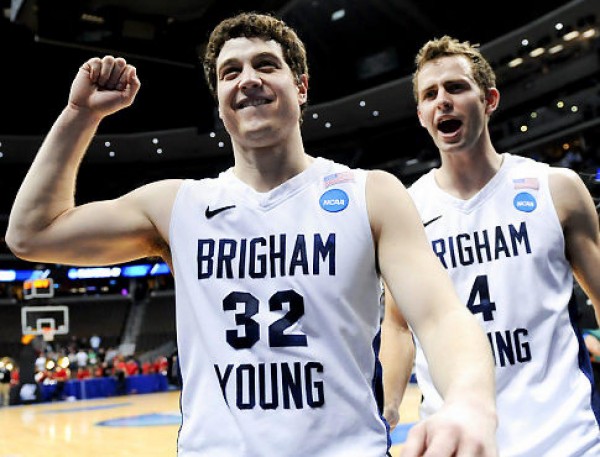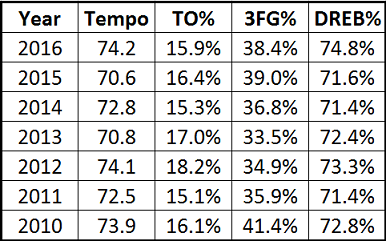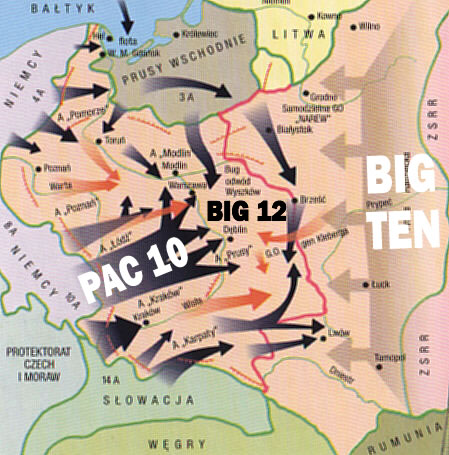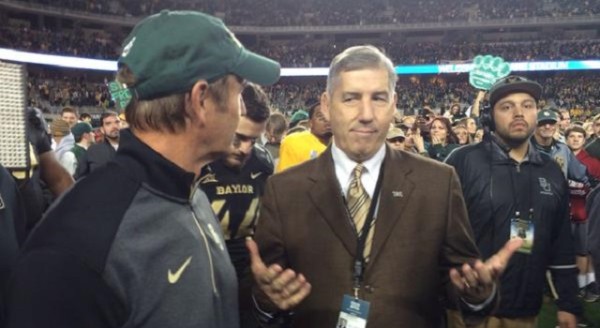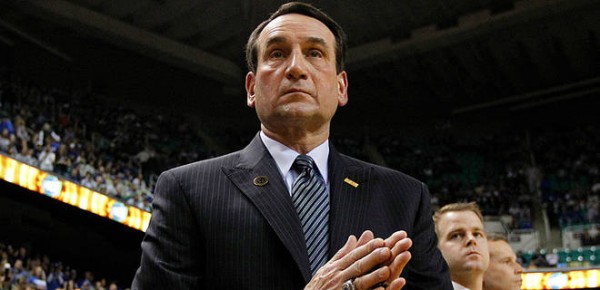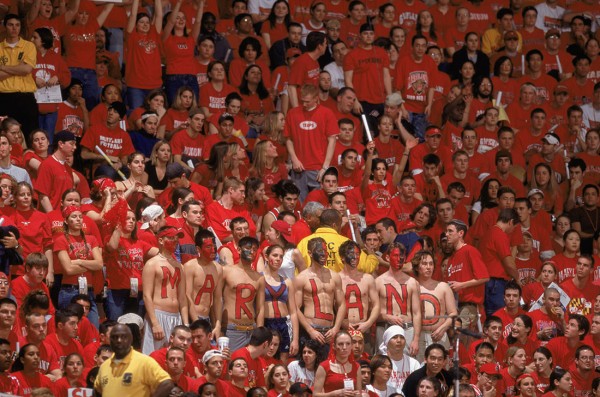Keeping the Big 12 Expansion Doors Open
Posted by Brian Goodman on October 20th, 2016For a little while on Monday, it seemed like the Big 12 might actually expand after months of indecisiveness. As we all know now, the league’s press conference ended up being a whole lot of nothing as commissioner Bob Bowlsby announced an extension of the status quo (until it comes up again this winter and we do this dance all over again). The will-they/won’t-they is frustrating enough for college football fans with their sport driving the decisions (or lack thereof), but it’s also exasperating on the basketball side as we’re merely along for the ride. If there’s any solace we can take from the seemingly seasonal Big 12 expansion talks, it is that the programs mentioned most frequently each have considerable basketball juice to bring to the table. Football may steer the ship in terms of overall revenue potential, but the hoops programs at BYU, Cincinnati and Connecticut would certainly make basketball even more competitive than it already is, with invested fan bases and strong histories in tow. Let’s take a closer look at each.
BYU
- The Lowdown: The Cougars may not be as nationally relevant as they were when NPOY Jimmer Fredette was rewriting the school’s record books twice a week, but there’s still a lot to like about this program. Head coach Dave Rose has led BYU to NCAA Tournament appearances in eight of his 11 seasons at the helm, although they’ve only advanced to the Round of 32 twice and the Sweet Sixteen once in those chances. They play a very entertaining brand of offensive basketball, pushing tempo, valuing possessions, and knocking down threes. That might suggest a finesse style in the vein of Hoiberg-era Iowa State, but they also crash the defensive glass with complete abandon, ranking among the upper echelon in defensive rebounding rate on an annual basis.
With such a high level of success and an entertaining blueprint to match, the Cougars have transformed the Marriott Center into a fortress, losing just four conference games there over the last three seasons. BYU regularly ranks among the top 15 schools in attendance, topping every current Big 12 program other than Kansas.
- Recent Big 12 Meetings: The Cougars are incredibly tough to beat at home, but Iowa State did just that in November 2014, winning a 90-88 thriller in Provo. Just five days later, though, BYU exacted revenge on the Big 12 with an 86-82 win over Texas in Kansas City. Going back even further than that, BYU also lost to Iowa State in Ames in 2013 and dropped a pair of games to Baylor that same year — once in Waco and then in New York in the NIT semifinals. Read the rest of this entry »





























